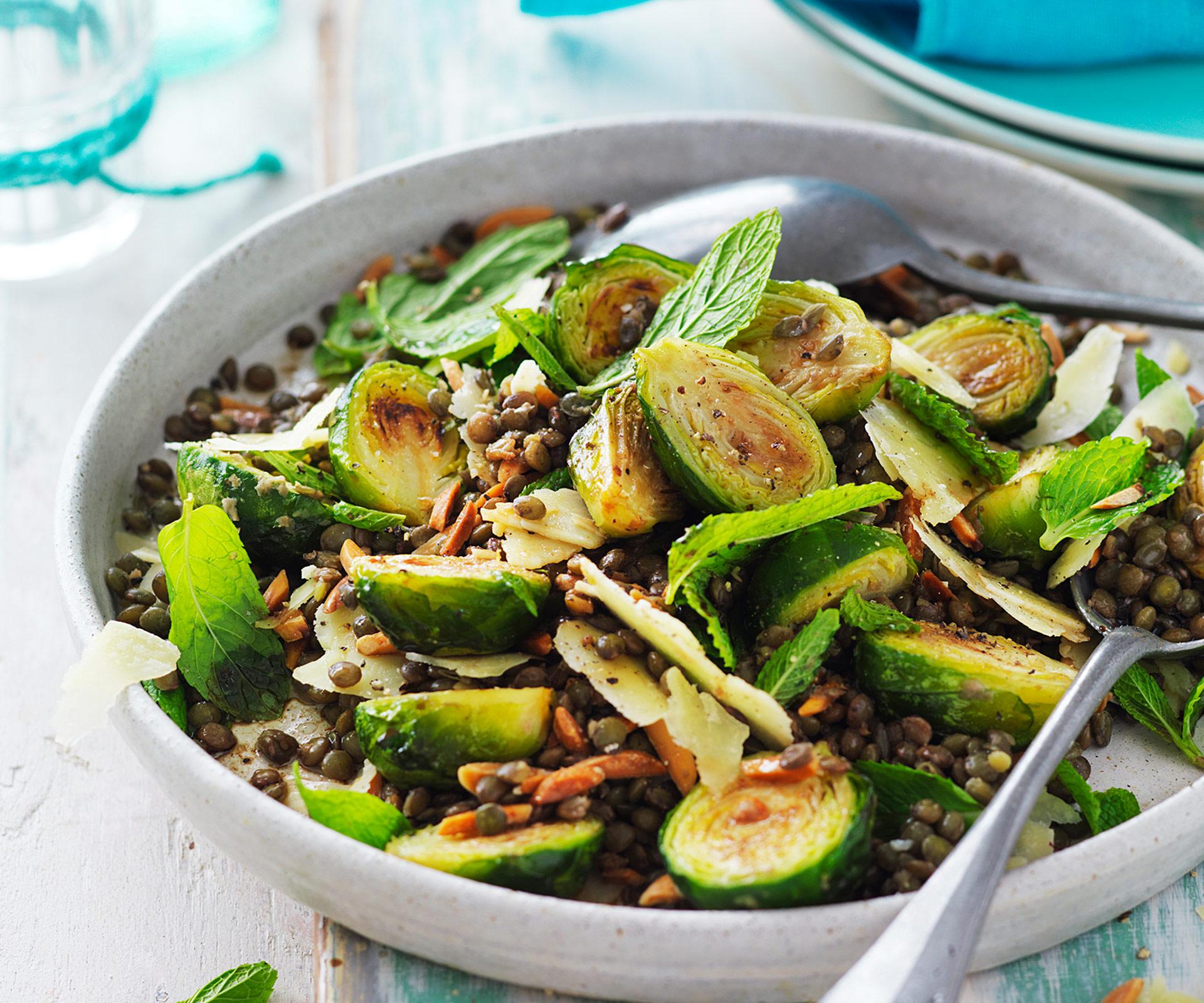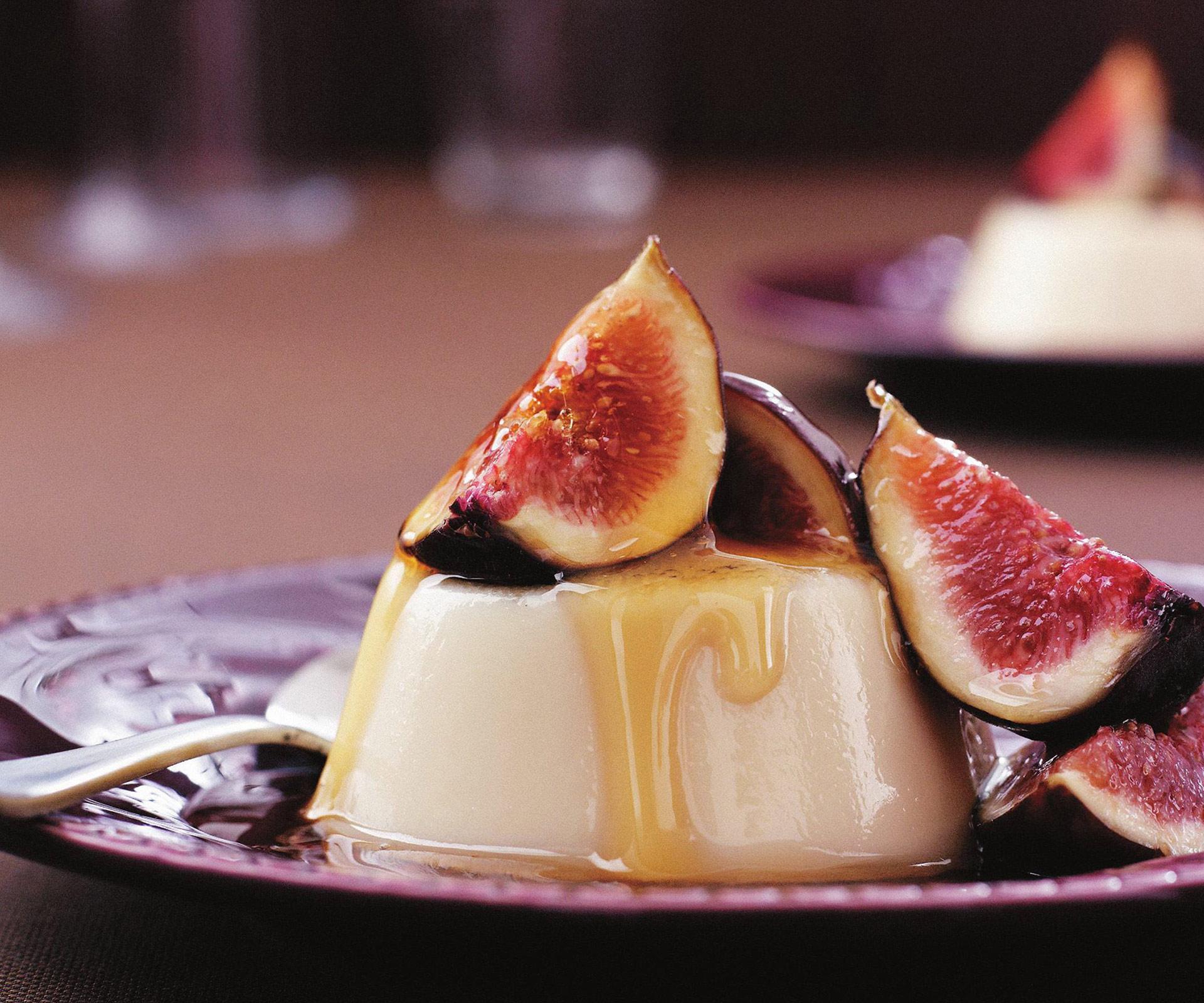What are the signs of a healthy bowel?
Being regular is not so much about frequency, as having bowel motions that are easy to pass. On the Bristol Stool Chart, you’re looking for a three or four.
Usually, the bowel wants to empty 30 minutes after a meal, and for many people this happens after breakfast. Once you get the urge to go, you should also be able to hold on, and then pass a bowel motion within a minute of sitting down.

How to score your poop
The Bristol Stool Chart is an illustrated medical tool that classifies bowel motions into seven types. What your poo looks like (and how it scores) depends on how long it’s been in your intestine.
It’s a result of what you eat, how much fluid you get, and how active you are.
Straining to go?
Constipation can occur for a number of reasons, including travel, changes in routine, not not enough fluid, and not enough exercise. And not enough fibre in the diet.
One high-fibre way to prime your bowel for regularity is to eat a teaspoon of linseed with a little yoghurt each morning and evening with a couple of glasses of water.
What are the best foods for bowel health?
When it comes to good bowel health, you want to include plenty of fibre-rich foods. You’re aiming to have between 25 grams and 30 grams of fibre each day.
Fruit and vegetables
Get your five plus two; that’s five to six serves of vegetables and two serves of fruit. Half a cup of cooked vegetables or one cup salad vegetables equals one serve.
When it comes to fibre, the rockstars include figs, kiwifruit, prunes and dates.

Go for dishes like Roasted brussels sprouts and lentil salad, which combine vegetables and legumes.
Cereals
Go for natural muesli, bran and oats, grainy bread and crackers, brown rice and pasta, and grains like barley, quinoa, buckwheat and chia.
Beans
Legumes pack the biggest punch when it comes to fibre. Top your grainy toast with baked beans, add lentils to your bolognese, stir chickpeas through your soups, curries, casseroles and salads.
Nuts and seeds
Eating fibre-rich nuts and seeds will help you reach your daily fibre target. Choose muesli with extra nuts and seeds, top your oat or quinoa porridge with an LSA mix, and add raw or toasted hazelnuts, walnuts or almonds to salads.
This article originally appeared on Food To Love.

For a high-fibre dessert, try this Clove panna cotta with fresh figs.


